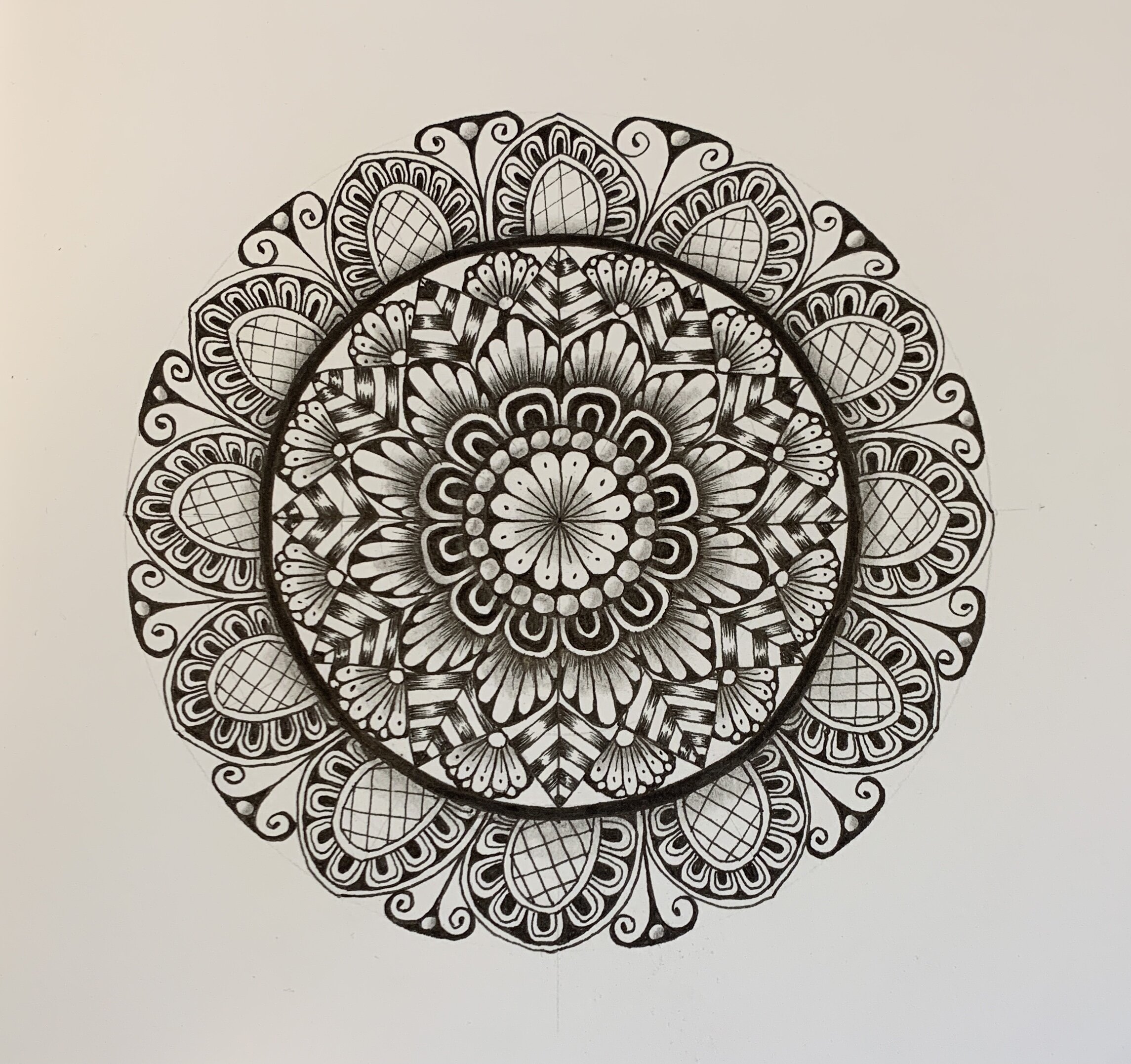Mandalas Tell Stories
I recently had the privilege of introducing a summer-long series of classes on drawing mandalas. As I began researching and playing with designs, I discovered that mandalas have a rich history across time and cultures. The style used, designs and colors all impact the artist in different ways.
Mandalas seem to be universal designs in art and religion. As an example, I found that the Navajo and Tibetan cultures drew similar types of mandalas using both a circle and square to form the design. They also used beautiful natural colors from their part of the world. So many cultures, so many designs:
Celtic spirals and knot work
Rose windows
Labyrinths
Medicine wheel, dream catchers
Sand mandalas
Mayan calendars
This article focuses on the types of mandalas I explored, drew and taught in the series.
Modern Traditional Designs
I know, “modern” and “traditional” seem like an oxymoron, but in this case it fits. My early learning included the modern mandala that can be seen throughout Instagram and Pinterest. These lovely mandalas are what most people think of when someone says “mandala”. Repetitive designs, of a traditional nature are used in radiating circular rows spreading out from the center.
I also noticed an alternating emphasis on light and dark. You can see in the design below the dark black line and the areas filled in with ink. They provide the visual contrast our eye needs to separate the rows.
Mandalas and Zentangle both use repetitive patterns to build their designs. I observed mandala artists practicing the patterns on sheets of paper and referring to them while building their mandalas. This is exactly what we do in our Zentangle practice. How many of you have saved Zentangle patterns on cards or in a notebook?
I encouraged students to build Story Cards with designs that I introduced in class as well as the designs they found or created for their art.
Here is another practice mandala with traditional patters.
Navajo and Tibetan Designs
This was a fun session with a different structural design. I also introduced color into the class project. We drew both circles and squares in honor of the traditional Navajo designs.
These designs link to the four earth directions of north, south, east and west, and include doors into the design from those directions. I think that is the purpose of the squares in the mandala designs.
Introducing Zentangle in Mandala Designs
We continued in the series exploring the traditional mandala shape, and added various Zentangle designs. My favorite Zentangle designs fit nicely into a mandala shape.
This design has a combination of both traditional and Zentangle patterns. I used Paradox, Flux, Printemps, Tipple, and Garlic Cloves.
The next sample includes Crescent Moon and Knightsbridge.
We also added the designs to our story cards.
Zentangle Designs on a Zendala
Our last session focused on using a Zentangle Zendala which is a 4.5 inch circle on lovely Fabriano cotton paper. We also used the Markus Operandus introduced in a recent Project Pack to draw the string.
This sample is entirely made up of Zentangle patterns and fragments of patterns.
Marvelous Mandalas
I think you can see from the pictures that we had a great time working our way through the series this summer. For this class, I set up my new Learning Center on Thinkific. All of my samples, story cards, prepatory information and recorded sessions can be found in the learning center.
If this series is of interest, it’s not to late to sign up and add mandala drawing to your creative journey.

























